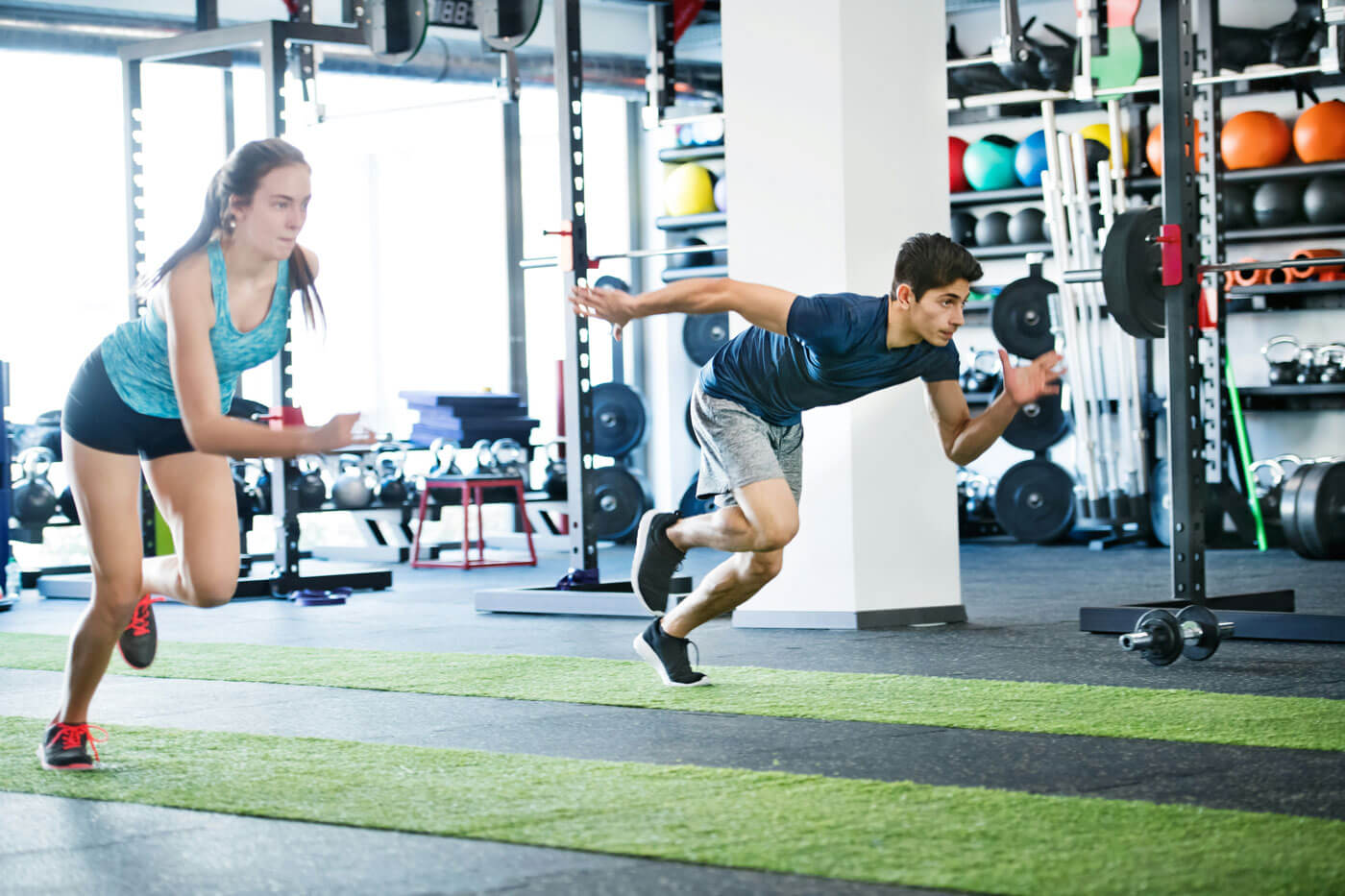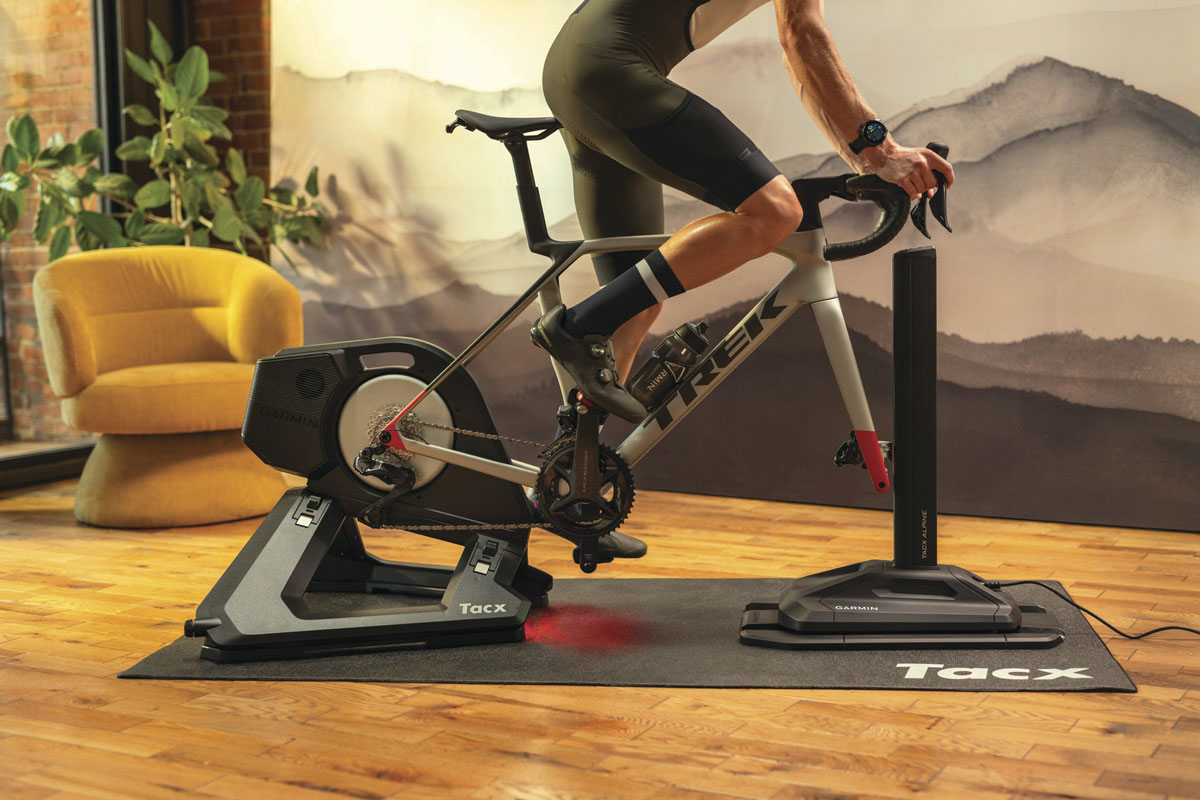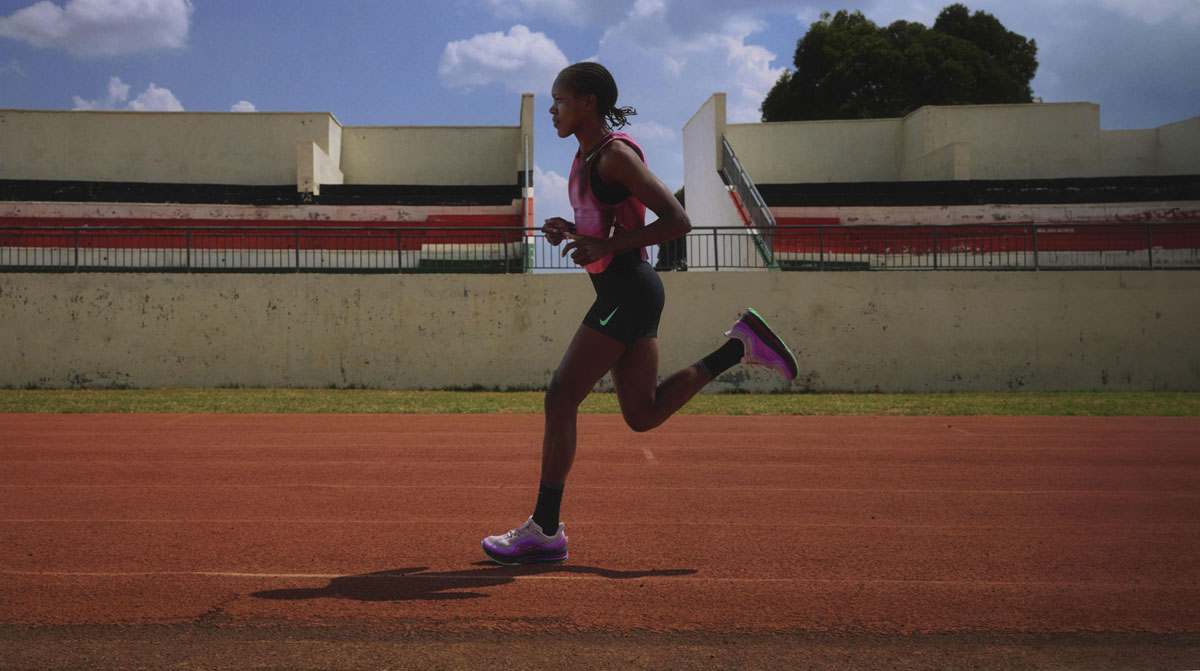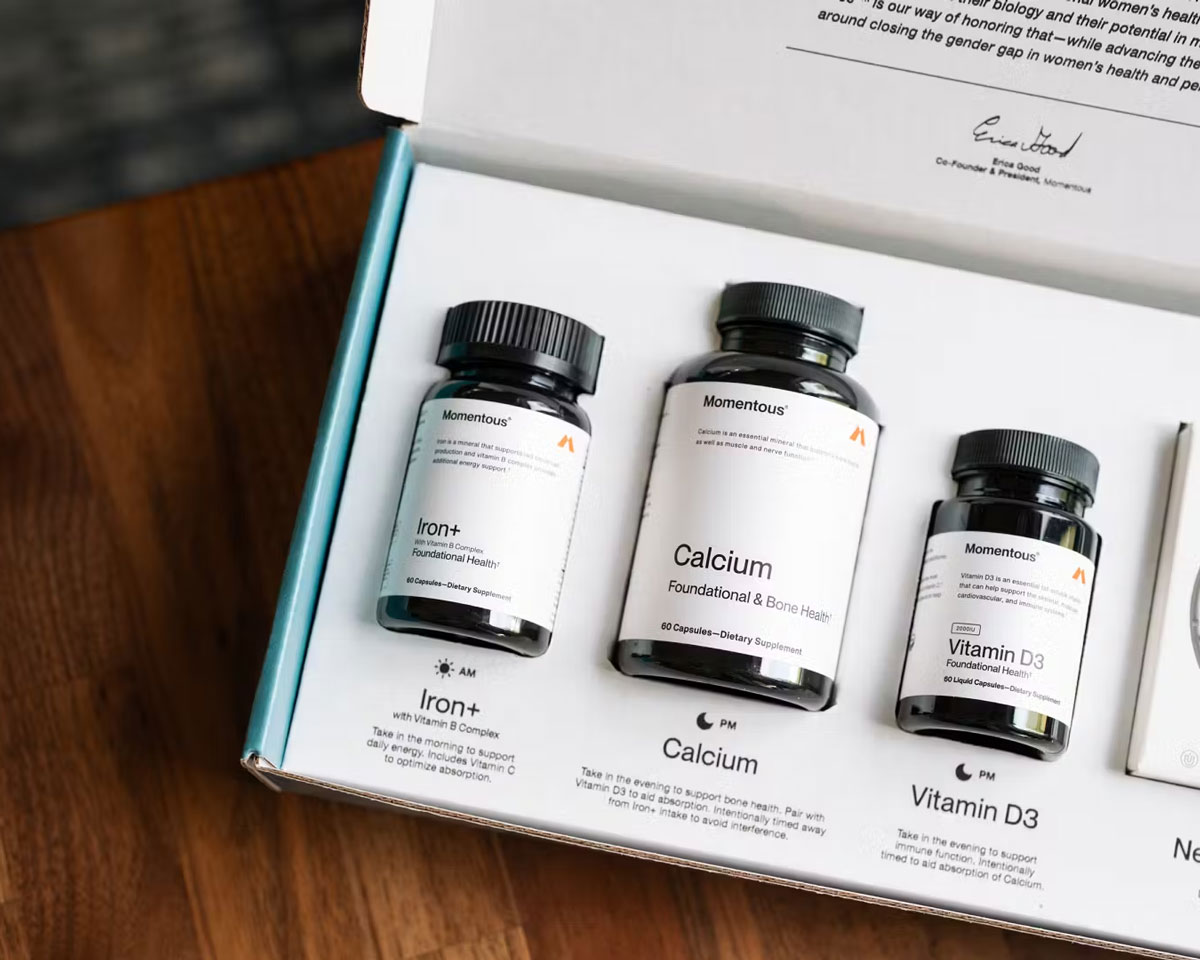Sprint Interval Training (SIT) is a maximal-effort remix of traditional high-intensity workouts.
SIT vs. HIIT. Both utilize bouts of intense exercise, but there are key differences:
- SIT: Short, max effort sprints (typically 10-30 seconds) followed by longer rest periods (2-4 minutes), usually focused on activities like running, cycling, or rowing
- HIIT: Longer periods (30 seconds to a few minutes) of high but not max effort, with shorter rest, incorporating bodyweight movements, weight lifting, and aerobic exercises
The science
Research has shown brief, intense exercise sessions can be incredibly impactful:
- Boost your VO2 Max: SIT is just as effective as moderate-to-vigorous endurance training for improving VO2 max
- Reduce risks: Three to four minutes of vigorous intermittent lifestyle physical activity may lead to a 17% to 32% reduction in cancer incidence risk
- 30-second “all-out” efforts: Significantly improve muscle endurance and boost how efficiently your muscles use oxygen

Maximal-effort sprints offer big returns.
Getting started with SIT
- Start and stop. A critical element in SIT, work-to-rest ratio dictates the ideal sprint-to-recovery time. So, a 1:4 ratio would mean you work for 20 seconds, then rest for 80.
- Don’t overdo it. Aim for a work-to-rest split of 1:4 or 1:5. Adjust as needed based on fitness level, taking time to recover between sets. Limit SIT sessions to two or three per week.
- Alternatively. Opt for tabata-style workouts performing for 20 seconds of all-out effort followed by 10 seconds of rest, repeated eight times. (Once the eight intervals are complete, rest 2-4 minutes before completing additional sets.)
The bottom line: The benefits of intense exercise are undeniable. Short, max-effort sessions can boost fitness levels and reduce health risks, making them a valuable addition to any workout routine.

 Published on Jun 6, 2024 by
Published on Jun 6, 2024 by 






